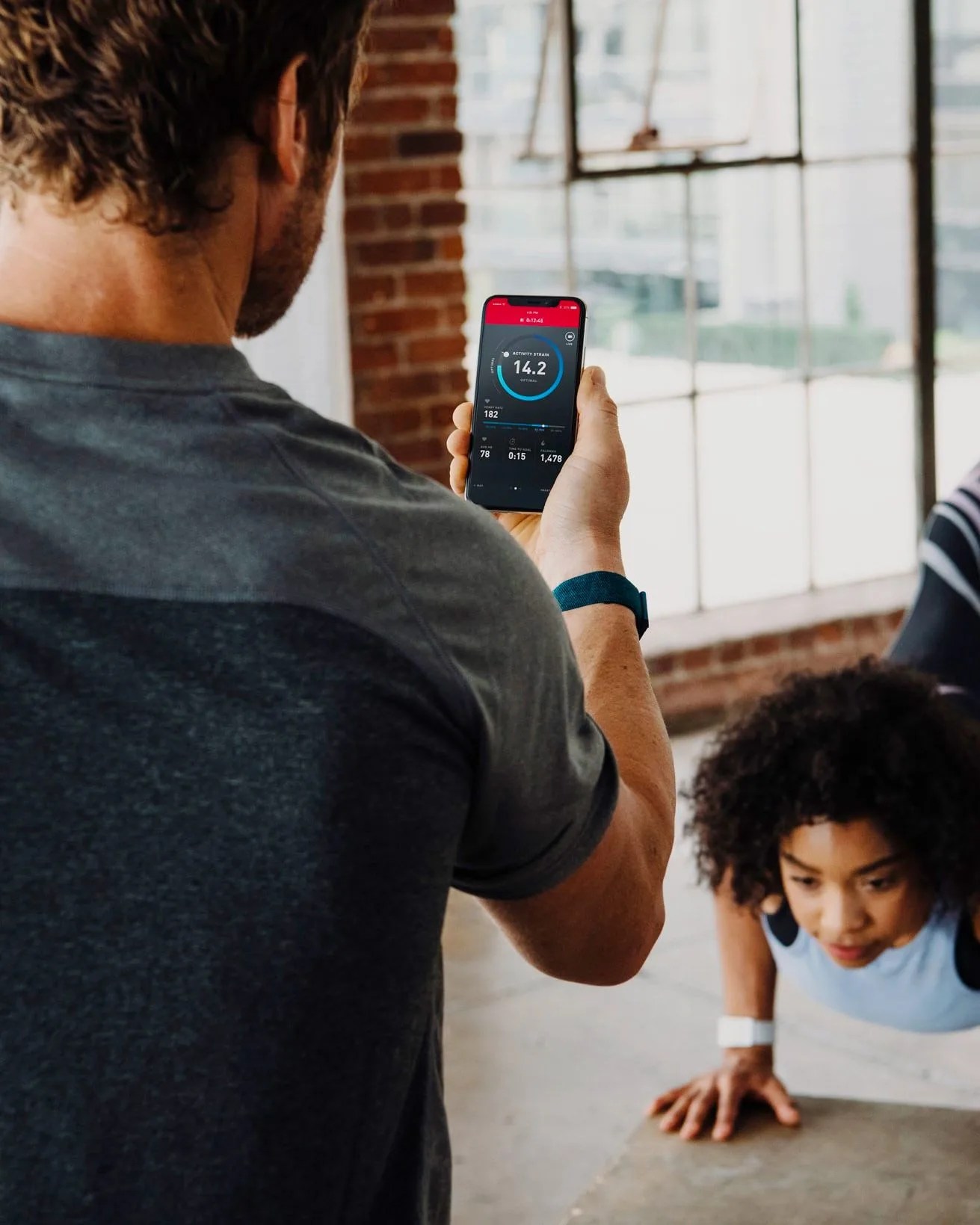Welcome to Guide to Life, a series of tips, tricks and insights designed to help you get the most from your gear.
From the Apple Watch to FitBit to Whoop, fitness trackers have come a long way since the days of simple step counters. And while all the data they can now track is awesome, it’s only useful if you know what to do with it. You need to understand which numbers matter and which direction they are moving, so that you can see your progress, draw inspiration from it and course-correct when needed.
To help you cut through the clutter, we’ve recruited some experts. Corey Lewis, ACE, is a New York City-based personal trainer and founder of the digital wellness platform 1AND1 LIFE. Nicole Lombardo, PT, DPT, CSCS, is a San Jose-based doctor of physical therapy and CrossFit trainer. Alex Davis is the co-founder of the couples-oriented fitness site Ryan and Alex Duo Life. Heed their input about the stats and features that really make a difference, and turn that shiny bauble strapped to your wrist into more than a fashion statement.
Heart Rate
“During a workout, the immediate feedback of heart rate is imperative to identifying the exercises that provide the biggest cardio punch,” says Davis. “Believe it or not, most people do their HIIT and sprints too slowly and jog too fast for maximum fat-burning effect.”
Heart rate data can be equally important when you’re not breaking a sweat. “A great way to mark progress with cardiovascular endurance is to see a decrease in resting heart rate, or RHR,” explains Lombardo. “If you aren’t recovering enough, sleeping adequately or have too much stress in your everyday life, you will have a higher RHR. Some fitness trackers, such as the Whoop strap, use this as a marker to tell you whether or not you are recovered enough to handle low, medium or high strain workouts.” Proceed accordingly.



